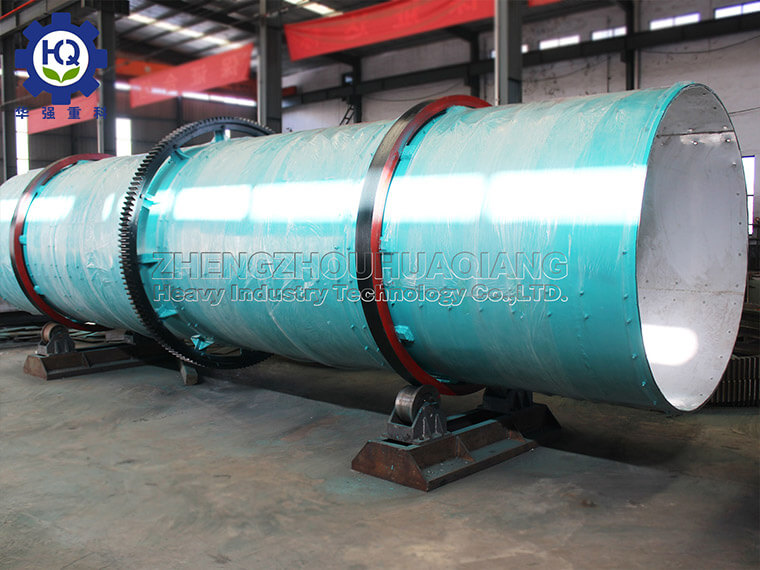How to calculate the fertilizer yield in the organic fertilizer production line
The yield calculation of organic fertilizer production lines is usually based on factors such as the consumption of raw materials in the actual production process, the efficiency of production equipment, and the net weight of the product. Here are two common calculation methods:
The first method is based on calculations of raw materials and fermentation products. Firstly, it is necessary to know the product content of each ton of raw material in the organic fertilizer production line after solid fermentation, as well as the moisture content correction coefficient. These two parameters are determined based on the actual situation. Then, the theoretical production amount of organic fertilizer can be obtained by multiplying the production amount of raw materials by the content of solid fermentation products, and then multiplying it by the moisture content correction coefficient. For example, if the product content after solid fermentation of each ton of raw materials is 400kg and the moisture content correction coefficient is 0.8, then the theoretical weight of organic fertilizer that can be produced from 1 ton of raw materials is 1 ton x 400kg x 0.8=320kg..jpg)
The second method is to directly calculate the yield by weighing the physical weight of the product. Specifically, the organic fertilizer produced is weighed to obtain its actual weight, and then divided by the net weight of the product to obtain the yield. This method is more direct, but it should be noted that the net weight of the product may be affected by factors such as moisture content and impurities, so appropriate correction is needed in practical operation.
In addition to the above two methods, other factors may also need to be considered in actual production, such as the operational efficiency of the equipment, the stability of the production line, and the supply of raw materials. Therefore, when calculating the yield of organic fertilizer production lines, multiple factors need to be comprehensively considered to ensure the accuracy and reliability of the calculation results.
Please note that the above is only a general calculation method, and the specific calculation method may vary depending on the organic fertilizer production line. In practical operation, it is recommended to calculate based on the specific production process and equipment characteristics, combined with the actual situation. At the same time, professional technicians or production line suppliers can also be consulted for more accurate and detailed guidance.


.jpg)
.jpg)



.jpg)
